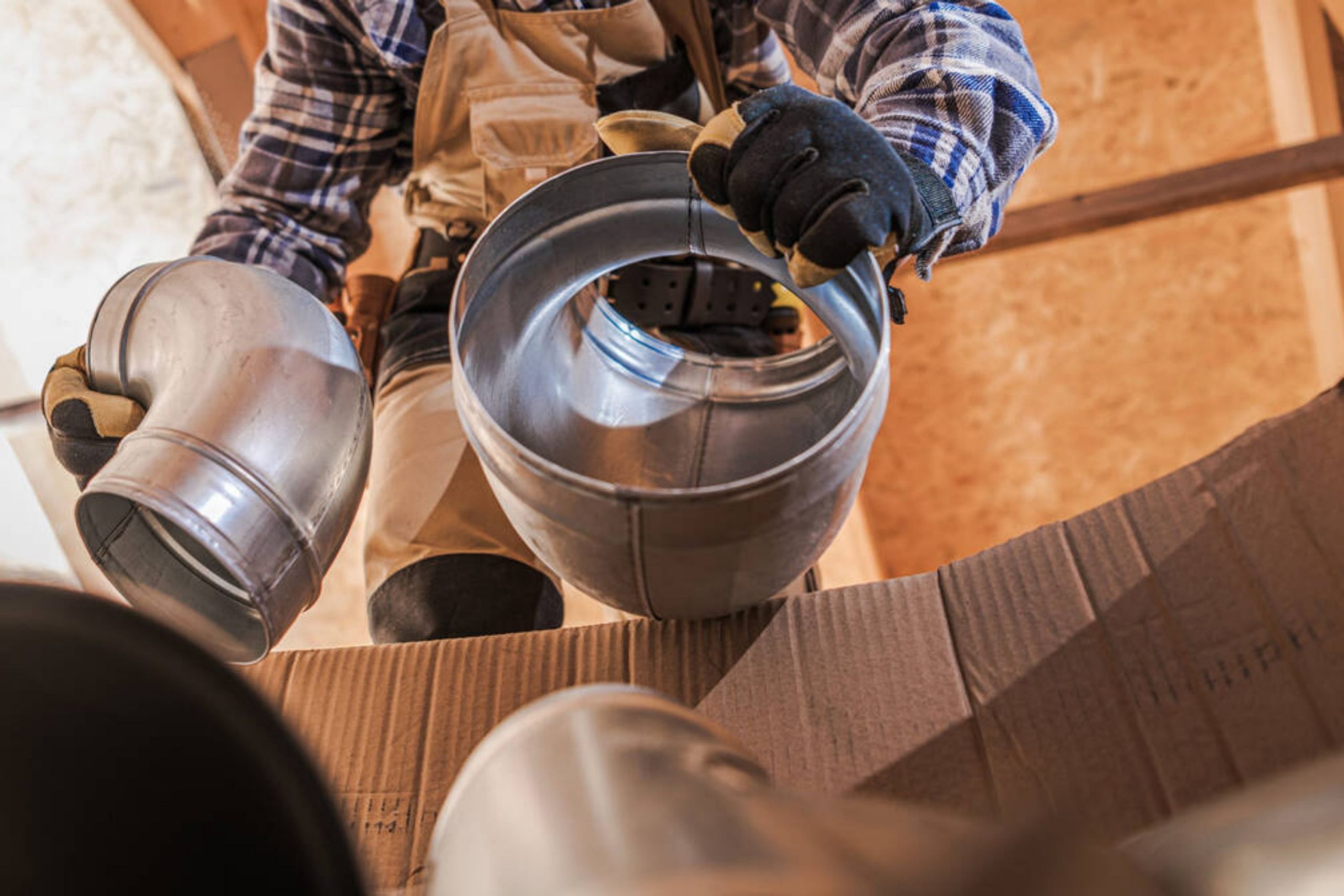Having a tumble dryer is definitely a convenience! Imagine what your life would be without it!
You would have to spend hours on simply drying your clothes after laundering them! With a dryer, things get faster and in about an hour or so, you can enjoy fresh and clean bedding or clothing.
However, quite many owners of this miracle wonder how it is possible to ventilate their dryers if they have no access to the outside of the house.
Is it possible to ventilate the dryer without the vent outside at all?
So in this article we are going to tell you more about this issue.
You will learn more about dryer venting options and how you can vent your tumble dryer if it is located right in the middle of your house!
We are going to describe the whole process to you step by step so that you can follow the guide precisely.
Also, you will find out what may happen if the vent of your dryer gets clogged, and why dryer vents are so important.
We will even provide you with the list of nuances that should be considered when you vent a dryer without the outside access.
How to Vent a Dryer That’s Located In the Middle Of the House
Getting a tumble dryer in your household is just a half of the task!
To make it work properly and long enough, you need to maintain it correctly, look after it now and then, and make sure that your appliance is properly ventilated.
But what if you are an owner of a dryer without an outside venting? In this case, you will have to learn how to ventilate it if it comes with no hose.
Fortunately, the procedure is not very difficult. So if this is your case, grab our guide and learn the best way to vent a dryer that has no access to outside!

Place the First venting Hookup
This is the very first step that must be taken when you start getting ready for venting your tumble dryer.
First of all, you need to locate the initial venting periscope that goes through the floor over a previous vent if conceivable. Something else, things ought to change a smidgen.
Once you find it, place the periscope so that it looks like a 90-degree point however much as could be expected.
The next step will be to adjust it to the tumble dryer and interface the part of the rear of it with the periscope ensuring that the periscope fits.
On the off chance that it doesn’t fit, at that point go to the store and get one that does.
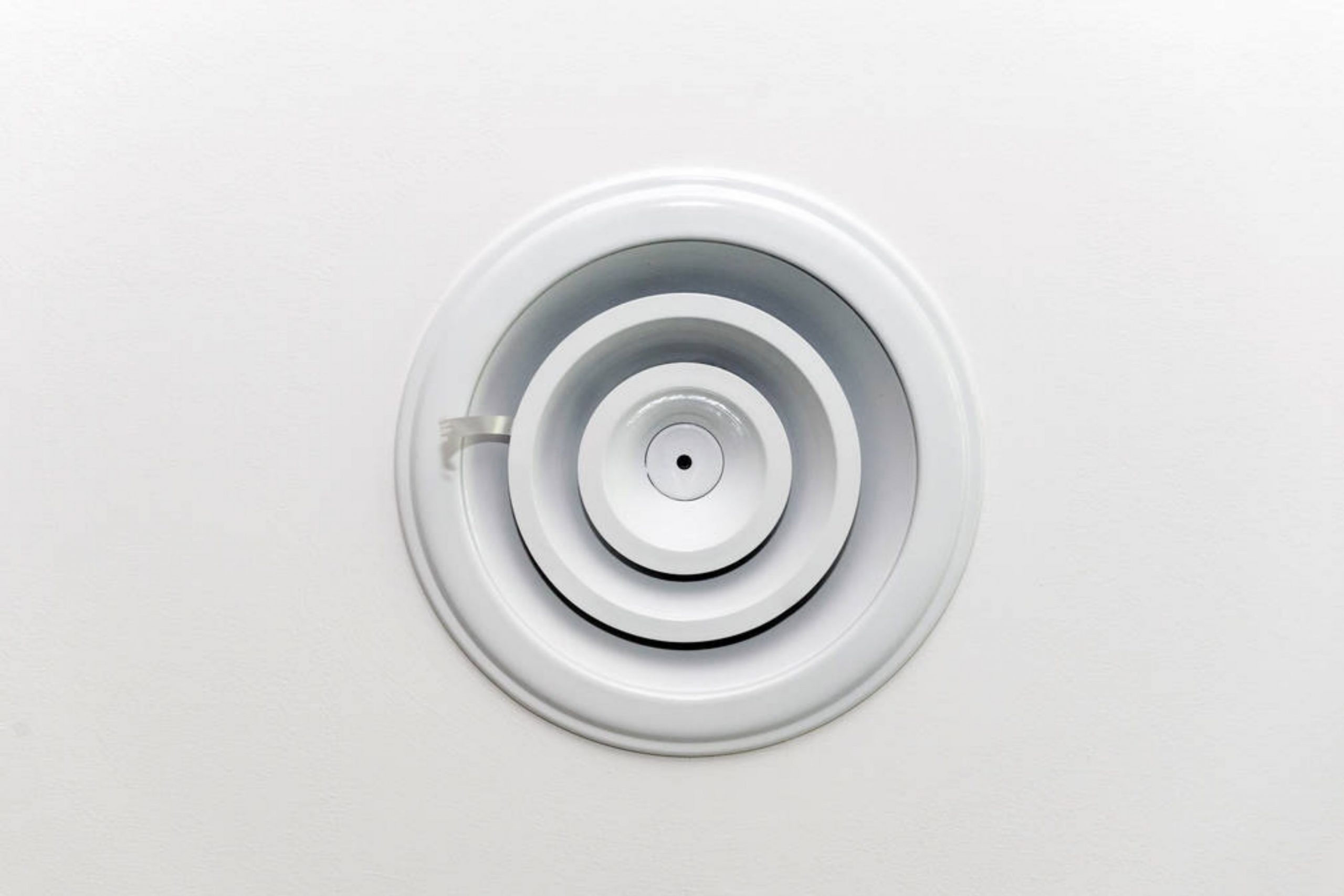
Install the Next Periscope
To perform this step and do it successfully, you need to go down to the ground floor, but first, make sure that the primary periscope is still hanging accurately.
Require a subsequent part of the periscope and combine them.
Join the top part finish of the last one and base finish of the previous one.
After you are done with this part of the process, it all should look like the subsequent periscopes base opening are looking inverse heading of the best one connected with the dryer higher up.
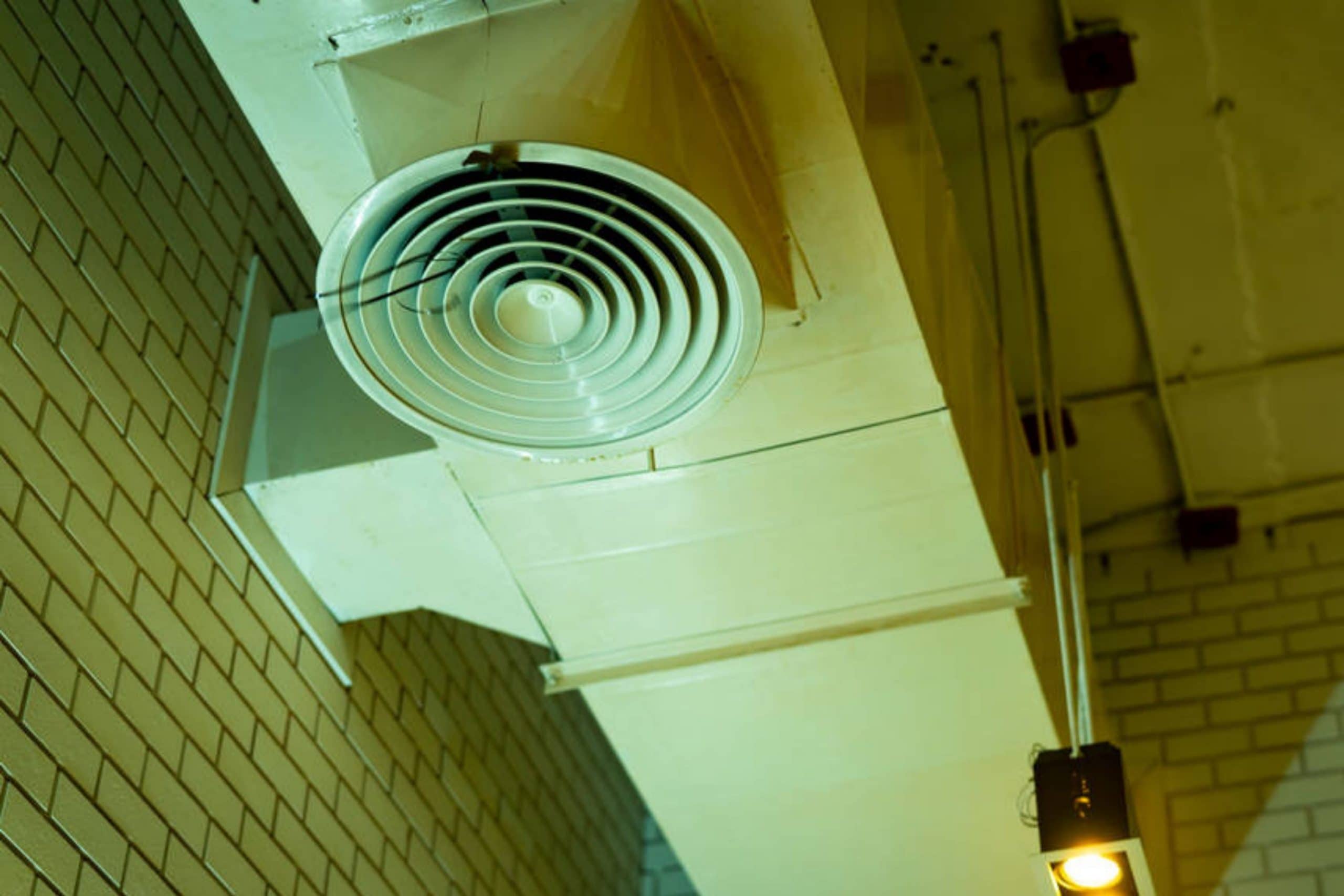
Seal the Periscope
The next step is to make sure that your periscope is properly sealed.
To do this, apply splash froth protection to fix the periscope.
If you do this, it will be very helpful in future, especially when the tumble dryer is working.
Also, make sure that you do not destroy the wind current with the part of the sealant! Try to apply it outwardly, avoiding placing it within the vent.
Fix the PVC
At this stage, you might want to act using one of the two different scenarios.
Which one to choose will depend on the plan of your house.
However, we will, of course, provide you with both just in case.
So the first situation you should take into consideration is when you own a half-cellar or cellar with some adequate space for utilizing PVC for driving outside the house.
In this case, your sequence of actions would be the following:
- Measure the opening of the secondary periscope
- Connect the PVC and let it flow completely to the initial driving outside
- Allow for approximately 5″- 8″ of cover outside for appropriate warmth removal
You can also consider joining a lattice or fold to the furthest limit of the PVC line in order to stop bugs entering the line.
However, there may be another situation as well. In this case, your cellar most likely doesn’t approach the outside venting.
In any case, you should append your PVC. However, you will not be running it outside as you might think!
Your 4″- 6″ of PVC should be adequate in any case. So we recommend you do your best to situate the part of the PVC so that it hangs off of the open base finish of the periscope.
If you can work with enough spare space, you can also choose to leave a container of water underneath the PVC.
Like this, along these lines, abundance build up can land in the water and bring down the danger of fire that often comes related with venting.
So, this is the detailed guide on how you can vent your dryer if it is located in the middle of the house.
And now, we would like to take a closer look at this subject matter and tell you more about any nuances that may come along with the dryer installation in your house.
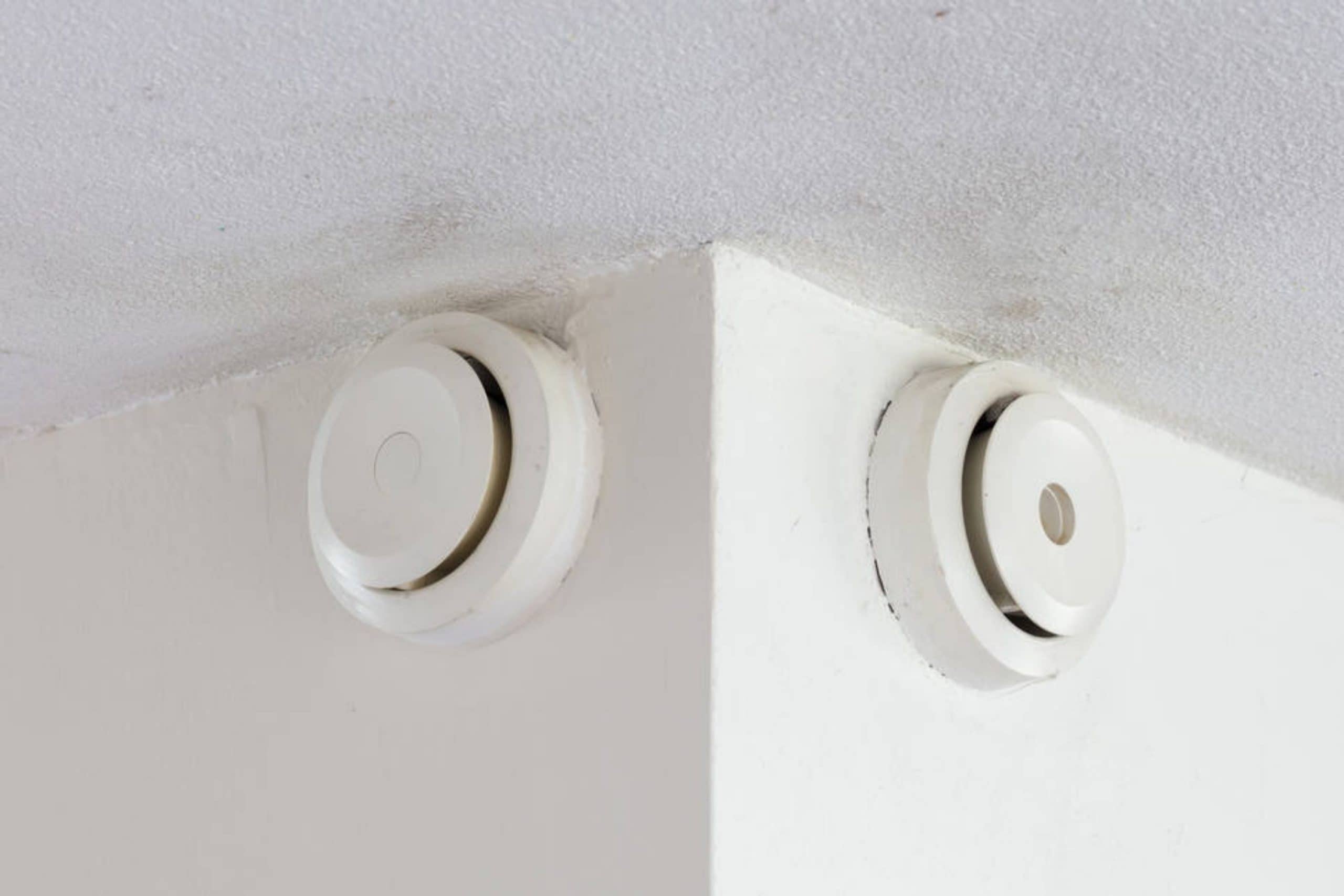
Related: 5 Methods | How to Turn Off Baseboard Heater?
What Makes Ventilation So Important?
You might be wondering why such a simple thing as ventilation plays such an important role in your dryer’s work. See, the explanation is pretty simple and lies on the surface.
To be able to work in an efficient and proper way, your tumble dryer that is typically located in your household definitely needs venting now and then.
After certain periods of time, your tumble dryer starts gathering different substances from wet garments and textures whether you want it or not. This happens simply because this is the way it works!
And it is venting that allows the dryer to remove warmth, as well as all the build up and dampness outside.
The function of any dryer vent is to help in making an influence that sucks in.
The pulling power assists with wiping out build up from clothes, bedding and other textures and permits the air to move around and course more efficiently.
The finish of the dryer vent got to be such that warm air and each one quite undesirable substances are discarded out and from your home.
In case your tumble dryer initially comes without a vent because this is how it was manufactured, there will be a certain level of danger of dampness developing.
This moisture will give birth to mold after a while, as well as mildew and possible chance of injury arising from water.
This is why ensuring that your tumble dryer is properly and thoroughly ventilated is a must to make sure that it not only works well but also that there is no potential mold hazard in your home.

Related: At What Temperature Outside to Put Heating On?
What Steps to Take to Make Sure That Your Home remains Safe
It may only seem that venting a tumble dryer indoors is all so safe and harmless.
In fact, you still need to take certain rules and precaution measures into consideration.
However, whether it is good or not, there are quite few things that can be done to provide a required level of safety.
First of all, you need to confirm that both finishes of the dryers are unhampered. In addition, the following steps are highly required:
- Regularly clean cylinder of the ventilation system to dispense with any abundance build up that may be inside it
- Place wellspring of water (as holder) at the yield end of the vent
- Use venting pipes that are adaptable in nature
As a top priority, keep in mind that venting in the house actually gives explanations about why buildup appears and occupies your home.
The explanation is pretty simple: the dampness is not getting away and rather diffuses with the air.
A potential solution in this case would be to put the vent downwards into an open space.

What Things You Should Consider When Venting a Dryer Without an Outside Access?
If you are planning to vent a tumble dryer that comes with no outdoor access, you will have to take a few nuances into close consideration.
Only in this case you will be able to make sure that your dryer is safe for your household and it is working properly.
Consider the type of ducting you need.
The type of ducting that you might need mostly depends on whether there is an exterior wall or not. Also, it matters how big the exterior wall opening is, and if there is a ceiling above. A vent can be installed through a wall or through an open window if that one is accessible, and directly vent the dryer outside of the house. If there is a ceiling above, however, you will most likely need to install ducting up between floors of your home and vent it out of a vent on the roof.

Where is your exterior wall?
Now, you also need to ask yourself a simple question: is there enough space in that area for me to vent directly outside of the house? See, some houses have enclosed outdoor areas like attached garages without roll-up garage doors, carports with low ceilings, etc. Those areas are not typically wide enough for venting to fit through them properly. If this is the case in your household, feel free to make use of the option one. Simply vent into the open air inside your home and install a vent cover or exterior vent hood, with a vent cap, which is different from a vent cover, on the outside of your house.
Is your exterior wall big enough for venting to the outside directly?
If your answer to the options one or two is negative, or if your area does not have an enclosed outdoor area, you might want to consider installing your venting indoors through an open window. This way, it will be venting all the way up out of a vent hood on your roof. This is a good solution but only as long as there is adequate ventilation in that room already, for example, if there is an existing bathroom fan that can handle it. Anyway, some homeowners prefer to avoid venting inside at all but instead, they install an exterior vent hood with a vent cap. This will keep out bugs and still vent moist air.
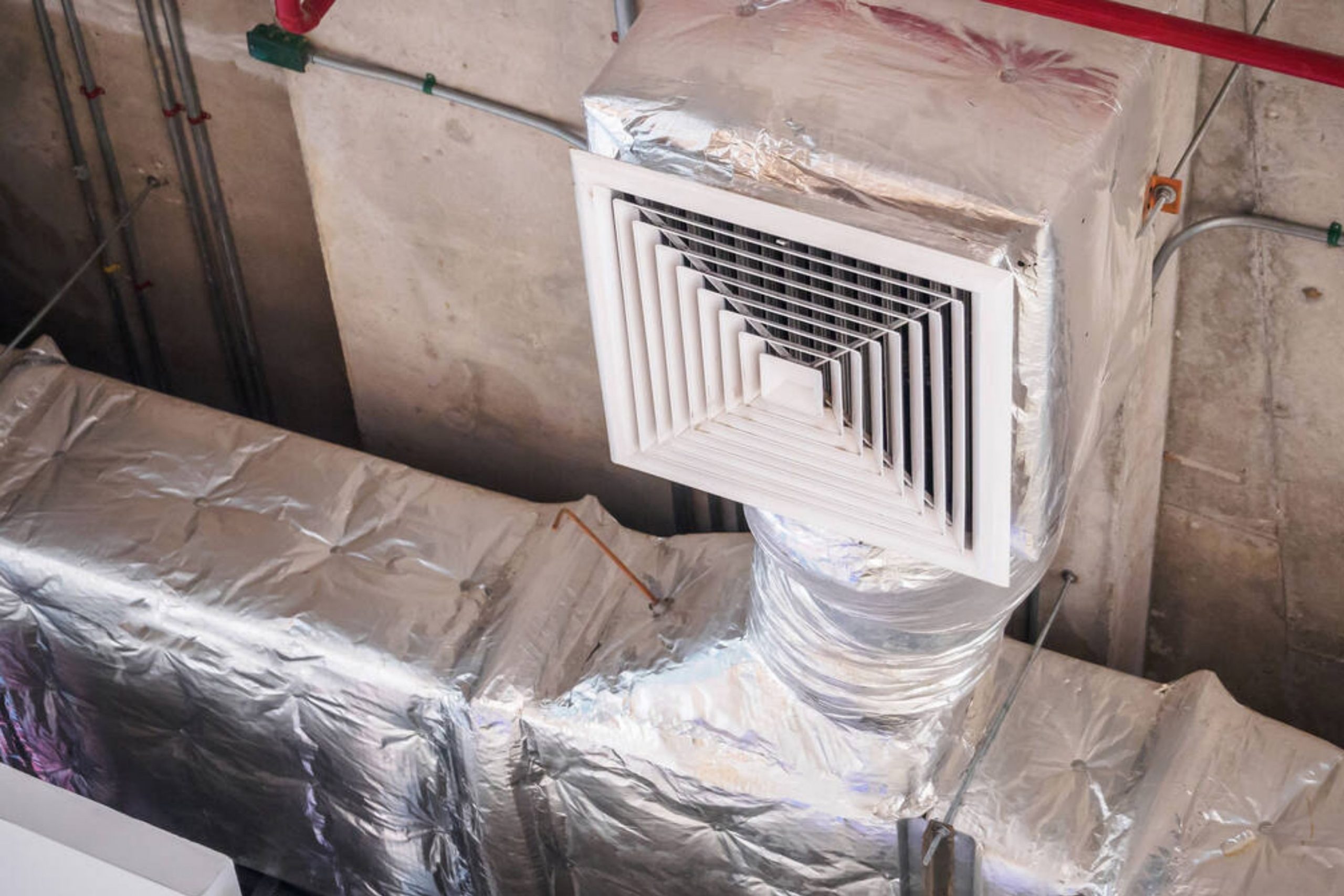
Does the vent flow go directly outside of the house?
Why is it so important? Well, in case your venting does not go directly outside and there is no room for installing a vent inside, and also if you even do not have any access to the roof, it may happen that your tumble dryer is vented straight up through your roof. This often happens in homes that have low ceilings over the exterior walls, such as in carports. This solution will work fine for shorter heating and drying times, but it is not compliant with the code.
Is it possible to vent the tumble dryer right through the roof?
In old houses, it is quite common for the vent pipe to be widely used as a leading “path” for rainwater so you need to check for obstructions or cracks in your vent stack. This could mean you need a new vent stack! Some houses have vent stacks that are installed within a foot of the peak of their roofs, but code now requires them to be at least four feet away from the peak to prevent water damage and mold or mildew. If venting does vent directly from your roof and there’s no way to vent anywhere else, it may be possible to install a vent hood on an exterior wall that directs moist air outside as well as inside.
[wp-faq-schema title=”Frequently Asked Questions”]
